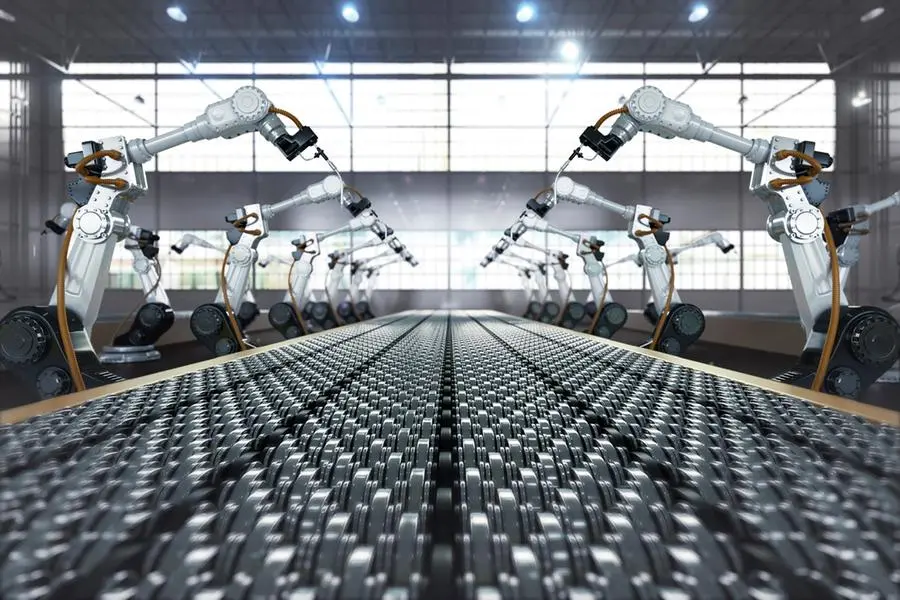The global demand for industrial robots has more than doubled in the last ten years, with 542,076 new units installed in factories worldwide in 2024, according to the new World Robotics 2025 report from the International Federation of Robotics (IFR). The data shows that annual installations have surpassed half a million units for the fourth consecutive year, bringing the total number of operational robots globally to a new high of 4.66 million, a 9% increase from the previous year.
Asia Dominates The Global Automation Landscape
Asia continues to be the engine of growth for the robotics industry, accounting for 74% of all new robot deployments in 2024. China is by far the world’s largest market, representing 54% of global installations with a record 295,000 units. The report also notes a significant shift where Chinese manufacturers’ domestic market share has climbed to 57%, up from 28% a decade ago. Japan maintained its position as the second-largest market with 44,500 units installed, while India recorded strong growth of 7%, installing a record 9,100 units and ranking sixth worldwide.
Trends in Europe and the Americas
Europe accounted for 16% of new deployments, with 85,000 units installed in 2024. Germany remains the largest robot market in Europe and the fifth-largest in the world, with nearly 27,000 installations. The Americas represented 9% of the market, installing 50,100 units. The United States was the largest regional market, accounting for 68% of installations in the Americas with 34,200 units deployed.
Why This Matters For The MENA Region
While not detailed in the report, the exponential growth in industrial automation has significant implications for the MENA region. National economic diversification strategies, such as Saudi Arabia’s Vision 2030 and the UAE’s Operation 300bn, are heavily focused on developing advanced manufacturing and industrial capabilities. The surge in robotics adoption globally signals a critical path for achieving these goals, moving economies beyond oil and gas dependency. Mega-projects like NEOM are being built with automation and robotics at their core. Furthermore, as a major logistics hub, the region’s ports, warehouses, and supply chains are prime candidates for robotic automation to enhance efficiency and global competitiveness. This trend presents a major opportunity for regional VCs and tech firms to invest in robotics integration, software, and maintenance services, fostering a new high-skilled local workforce.
Future Projections
Despite global economic and geopolitical uncertainties, the IFR report projects a continued positive trajectory for the robotics industry. Global robot installations are expected to grow by 6% to 575,000 units in 2025, with forecasts suggesting the 700,000-unit mark will be surpassed by 2028. This sustained growth is driven by the ongoing transition of many industries into the digital and automated age.
About The International Federation of Robotics (IFR)
The International Federation of Robotics is the primary global organization for the robotics industry. It connects the world of robotics by representing national robot associations, academic institutions, and robot manufacturers from over twenty countries. The IFR is the main source for worldwide robotics data and market statistics.
Source: Zawya















